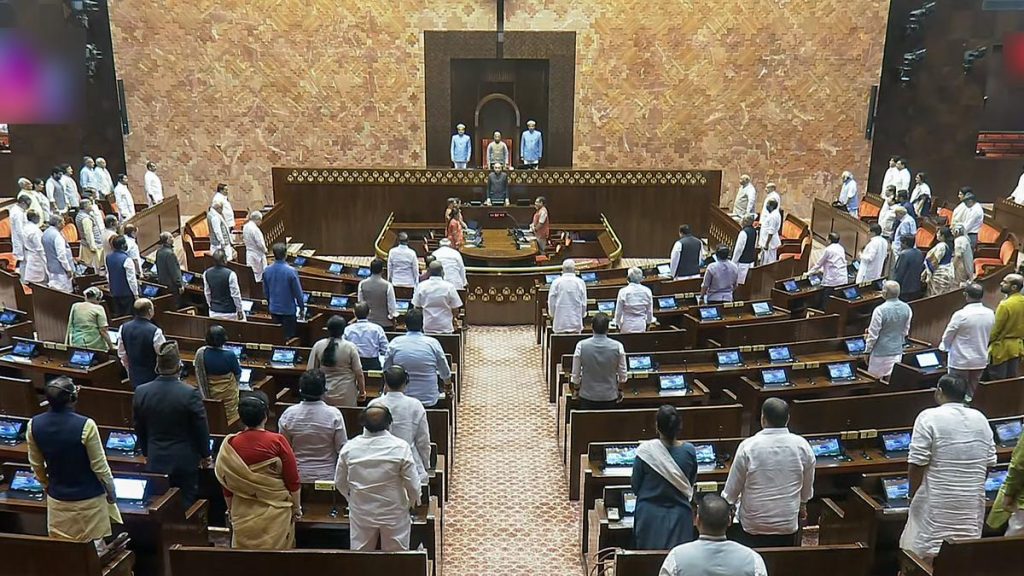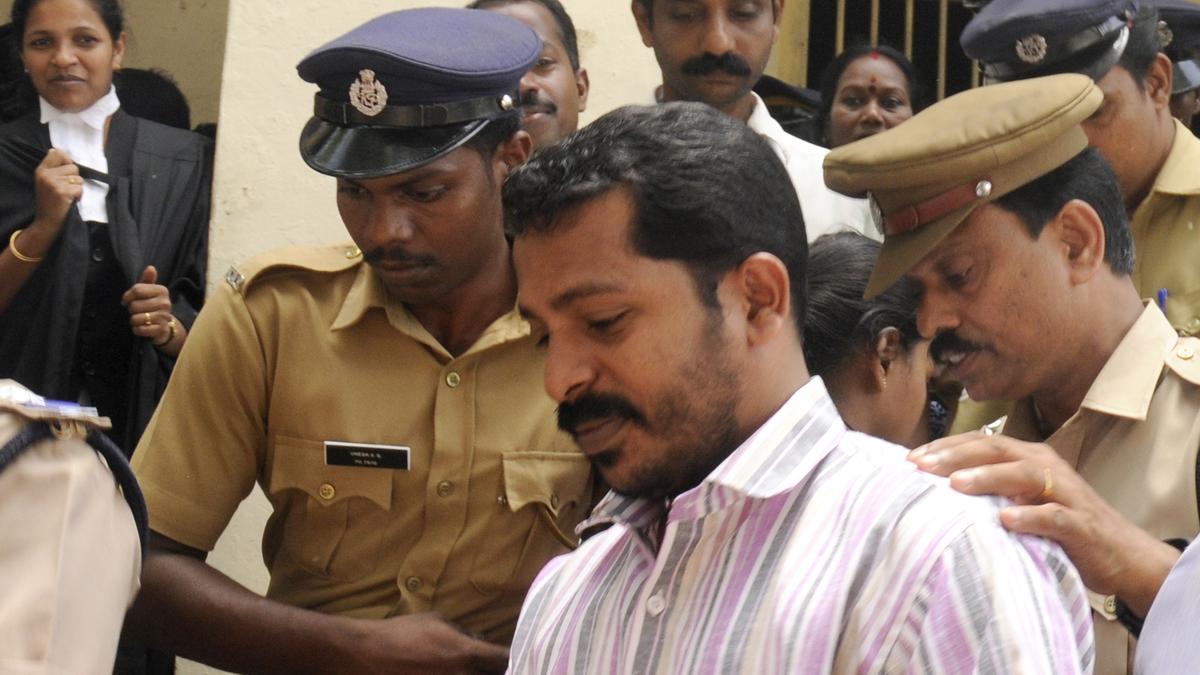Now Reading: Supreme Court Directs AAP MP to Challenge U.P. School Mergers in High Court
-
01
Supreme Court Directs AAP MP to Challenge U.P. School Mergers in High Court
Supreme Court Directs AAP MP to Challenge U.P. School Mergers in High Court
Quick Summary
- Supreme court advice: The Supreme Court suggested Parliamentarian Sanjay singh approach the Allahabad High Court regarding his petition challenging Uttar Pradesh’s decision to pair and merge 105 goverment primary schools.
- Context of action: UP government’s June 2025 executive order paired low-enrolment schools with nearby institutions, identified in a list issued on June 24.
- Legal basis debated: Sanjay singh argued this move violated Article 21A (Right to Education), the Right of Children to Free and Compulsory Education Act, 2009, and Uttar Pradesh RTE Rules. Concerns include disrupted neighborhood schooling and increased travel distance for children without transport or infrastructure provisions.
- SC clarity on jurisdiction: Justice Dipankar Datta emphasized grievances tied to statutory rights should first be pursued under Article 226 at State High Courts before seeking Constitutional remedies.
- Outcome of hearing: sanjay Singh withdrew his petition from the Supreme Court under liberty to file it at Allahabad High Court.The bench requested speedy consideration if filed.
Indian Opinion Analysis
The merger policy targeting low-enrolment schools raises critical questions about accessibility and equity in India’s public education system.While addressing resource optimization is valid,abrupt closures can disrupt children’s access to neighborhood schooling-a clear goal outlined in both constitutional guarantees and statutory provisions like the RTE Act. The judiciary’s procedural advice underscores India’s emphasis on pursuing well-defined legal routes under existing statutes rather than direct Constitutional challenges, ensuring clarity in governance processes.
This issue brings broader implications for rural education planning: balancing fiscal efficiency with equitable access remains a persistent challenge for state authorities nationwide.





















